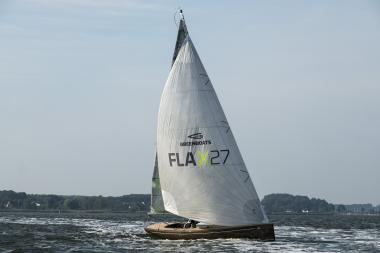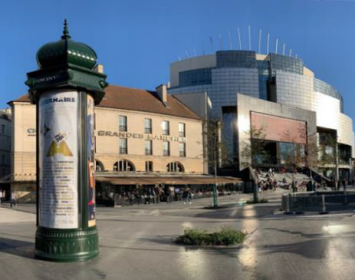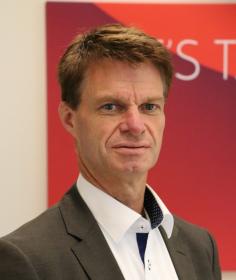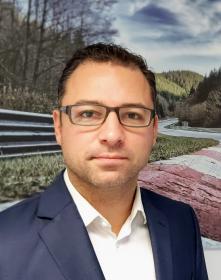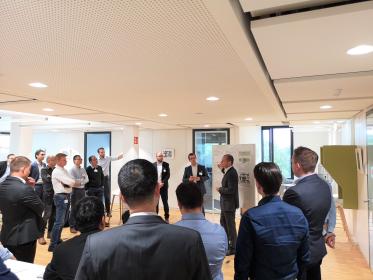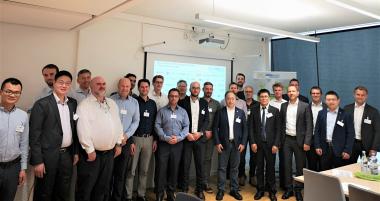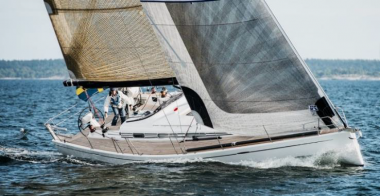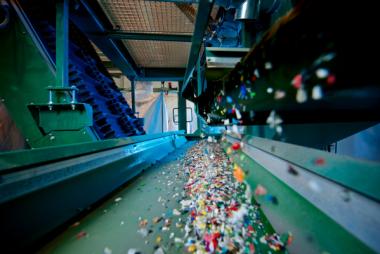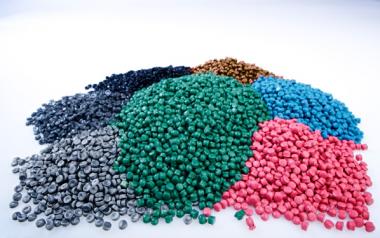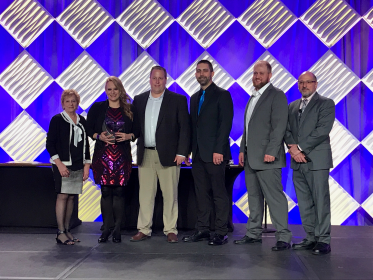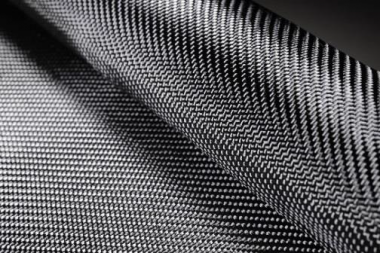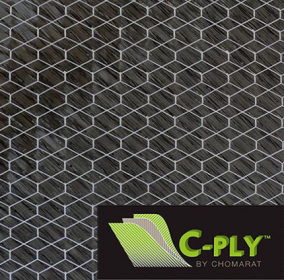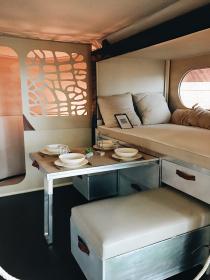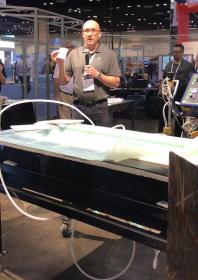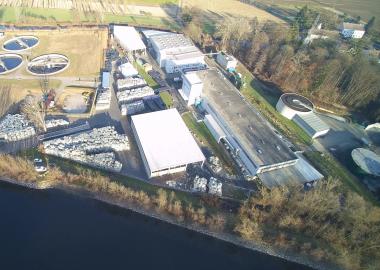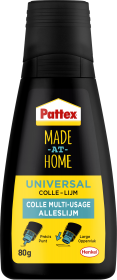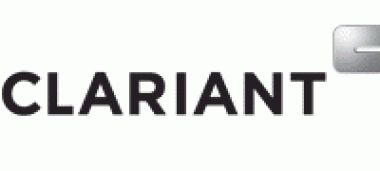Sicomin’s InfuGreen 810 Provides Uncompromising Performance
Sicomin has partnered with GREENBOATS® on the supply of GreenPoxy® bio-based resins for the FLAX 27 - the most complete natural fibre composite project realised by GREENBOATS® to date. Sicomin’s hand lamination and infusion production processes have been optimized for natural fibre composites, providing an uncompromising performance.
GREENBOATS® has been producing innovative natural fibre composites at their Bremen facility for more than a decade, expertly crafting a range of marine and industrial products with a mission to use 100% renewable and sustainable raw materials in sandwich composite structures.
The FLAX 27 is an 8.2m classically styled daysailer designed by renowned naval architects Judel/Vrolijk & Co. The hull, deck and internal structure of the vessel were infused with Sicomin’s very low viscosity GreenPoxy® InfuGreen 810 resin and flax fibre reinforcement fabrics.
Vacuum infusion with Sicomin’s InfuGreen 810, produced crystal-clear natural fibre laminates with outstanding mechanical properties, whilst the closed mould process also improved working conditions in the factory. Available with a choice of hardeners to adjust the curing time as required, InfuGreen 810 also carries DNV-GL approval, providing a reassuring 3rd party confirmation of the product’s exceptional quality, performance and consistency.
GREENBOATS® typically apply a bespoke lifecycle assessment tool to optimize their projects for performance as well as sustainability. This detailed view of a project’s environmental impact and GREENBOATS® expertise in product development has now created a number of larger scale composite applications for bio-based resins.
Sicomin are looking forward to continuing to work alongside GREENBOATS® in 2020, with industrial production capacity for their market leading range of GreenPoxy® bio-based epoxies positioning the company to support the forecasted large scale growth in the natural fibre composite market.
“Our goal is to really get people excited about Natural Fibre Composites. Sicomin’s GreenPoxy® products help us create sustainable composites with no compromise in performance or appearance.” commented GREENBOATS® founder Friedrich Johann Deimann.
The GREENBOATS® FLAX 27 will be on display on the JEC planets at JEC World 2020 Paris from 3 to 5 March 2020.


